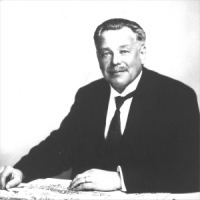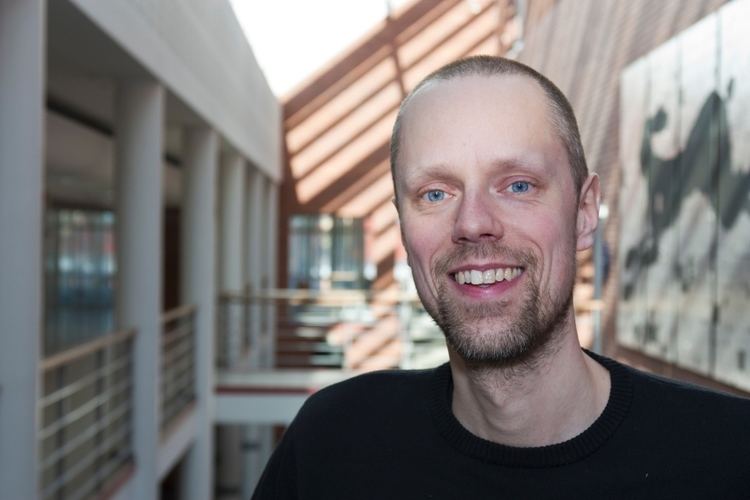Name Johan Sandstrom | ||
 | ||
Lurad johan sandstrom
Johan Wilhelm Sandström (6 June 1874, Degerfors, Västerbotten County – 12 January 1947, Bromma, Stockholm County), usually cited as J. W. Sandström, was a Swedish oceanographer.
Contents

He is most famously known for conducting a series of classical experiments at Bornö oceanographic station in Sweden that were reported in Sandstrom (1908). His experiments concerned themselves with the causes of ocean currents, particularly those found in fjords. Sandstrom was principally concerned with the role of heating and cooling in driving such currents, and in the larger-scale ocean circulation in general.
Sandstrom asserted that thermal circulation can cause vigorous, steady circulation only if heating occurs at greater depths than cooling. This is known today as Sandström's theorem. Sandstrom's theorem represents an attempt at extending the well known result of classical thermodynamic theory that in order for a heat engine to perform positive work over a cycle, the work of expansion needs to occur at greater pressure than the work of contraction. Sandstrom's theorem is therefore technically true, as long as expansion in the fluid is caused by heating and contraction by cooling, and that greater depths occur at greater pressures. There is an ambiguity, however, as to the meaning of the terms 'heating' and 'cooling' in Sandstrom's theorem. So far, heating and cooling has always been interpreted in the literature as being associated with 'surface heating' and 'surface cooling' respectively. In real fluids, however, molecular and turbulent diffusion always cause internal heating/cooling even in absence of external heating/cooling, as long as the temperature of the fluid considered is non-uniform. As is well-known, molecular and turbulent diffusion tends to relax the system toward thermodynamic equilibrium, i.e., toward an isothermal state, which for a statically stable fluid, will warm up the fluid at high pressure, and cool it down at low pressure. Therefore, because of internal diabatic heating/cooling by molecular/turbulent diffusion, the overall heating experienced by a stratified fluid always occurs at greater pressure than the total cooling, even if the external cooling/heating occur at the same pressure. As a result, internal diabatic heating/cooling due to molecular diffusion explains why laboratory experiments show evidence of circulations developing as the result of surface heating/cooling (Park and Whitehead, 2000) or even when the heating is above the cooling (Coman et al., 2006). Sandström's key (though not clearly expressed) insight, was that in such circulations, the circulation as a whole must transport light water downwards and dense water upwards. This means that the effect of the circulation is to increase the potential energy. Such an increase requires an external source of energy. Recent work has built on this to argue that the ocean circulation as a whole is driven by these external sources of energy, whether wind or tides, with newer work suggesting that internal sources and sinks of energy (such as those driving diffusion) are also potentially important.
In 1925, Sandström was elected a member of the Royal Swedish Academy of Sciences.
